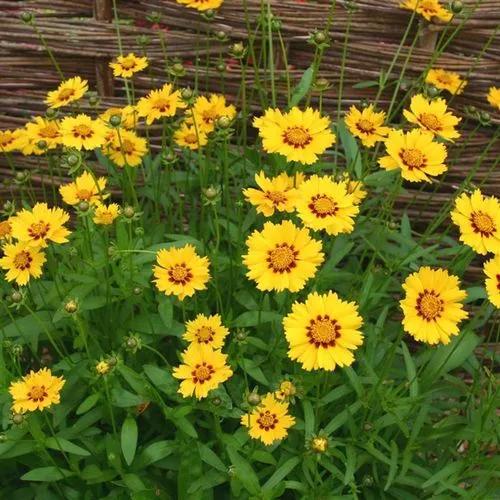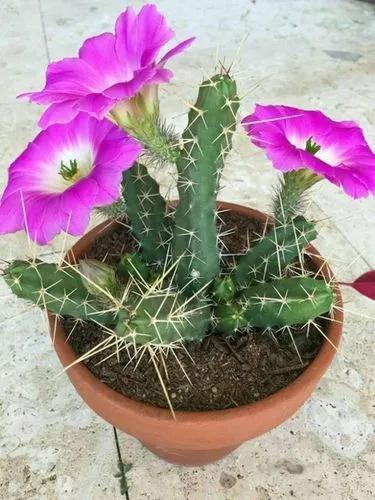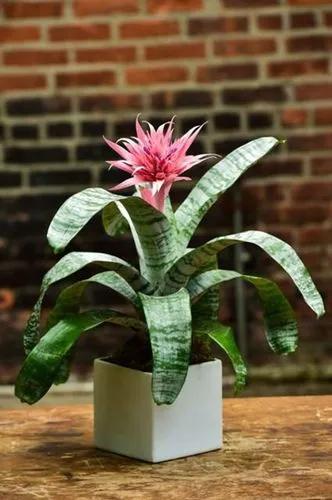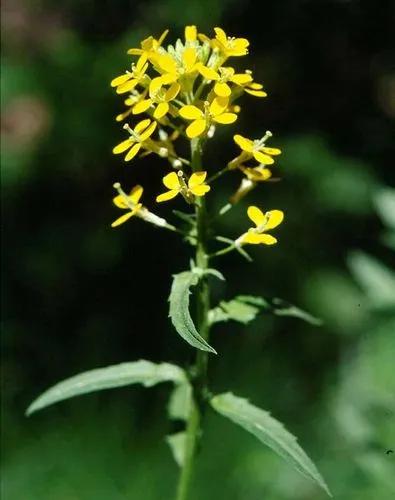The Сommon Jasmine is a hardy and fragrant plant with numerous applications. It's a lovely addition to any garden and can be grown in various temperatures and soil types and an excellent choice for those who want to add color and fragrance to their garden.
Common Jasmine Care
Jasminum officinale



Jasminum officinale is an evergreen twining climber, easy to identify by its fragrant white flowers. It is native to the Middle East and Europe as an ornamental plant. The fragrant white flowers of common Jasmine are star-shaped and bloom in the spring and summer. Flowers make perfumes, teas, and potpourri, and in some cultures, flowers are used in wedding ceremonies to symbolize love and fidelity.
The plant's medicinal properties are also well known. Its essential oil is antibacterial, antispasmodic, and anti-inflammatory. Its leaves treat skin conditions like eczema, psoriasis, and acne.
How to Care for the Plant

Water

When grown in containers, the plant should receive adequate water; however, excessive watering can cause root rot. Thus, water it once a week.

Pruning

Prune the flower in late winter or early spring to encourage healthy new growth. Trimming the stems to the desired length and shape will help maintain the neatness and order of the arrangement.

Fertilizer

Every spring and summer, fertilize this plant with a balanced fertilizer such as 10-10-10. Overfertilization can cause the leaves to turn yellow and the flowers to lose vigor.

Sunlight

The Common Jasmine prefers direct sunlight to partial shade. It is best to plant in an area that receives morning sun and afternoon shade.

Soil

Jasminum officinale prefers well-drained, slightly acidic soil with a pH of 6.0 to 6.5. If your soil is too alkaline, you can balance the pH by adding sulfur or peat moss. The ground should be improved with organic matter, such as compost or manure, to help retain moisture and encourage healthy root growth.

Propagation

Layering or stem cuttings can multiply Jasmine — plant current-season cuttings in peat and sand. A stem is bent to the ground and covered with dirt when layering. After that, the branch will take root and become independent of the parent plant.

Temperature

Temperate climates ranging from 50-85°F (10-30°C) are ideal for common Jasmine. It is not advisable to grow these Jasminum in colder climates due to the possibility of frost damage.

Container

When growing the flower in a container, use one with a drainage hole because it does not tolerate standing water.

Fun fact

Common Jasmine has been cultivated for centuries and is frequently used to represent love and beauty.

Additional

The vining varieties require a support structure as some can get 15 feet tall (4.5 m).

Popularity

7,203 people already have this plant 1,071 people have added this plant to their wishlists
Discover more plants with the list below
Popular articles






